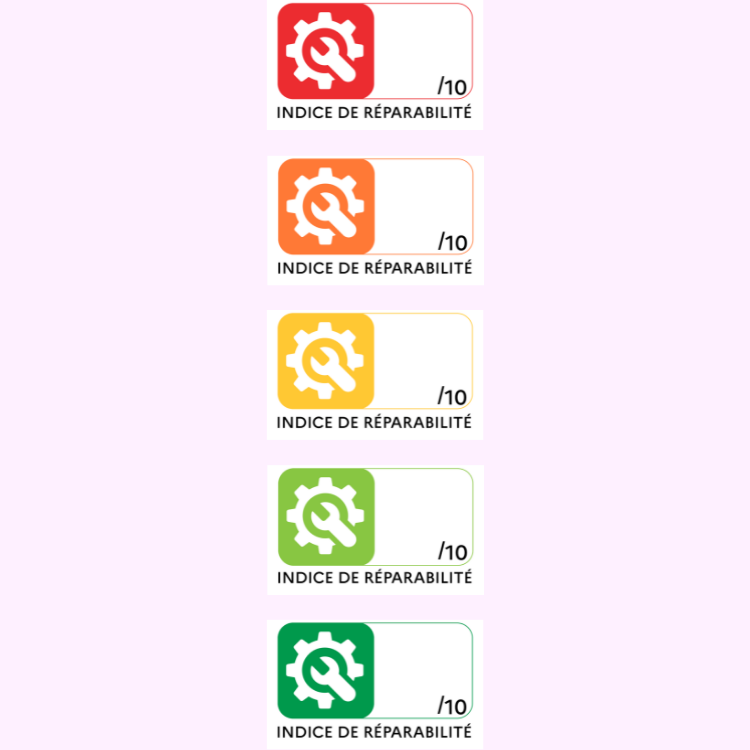The Repair Index and the Electrical and Electronic Equipment Act - parts of a whole?
In contrast to the German Electrical and Electronic Equipment Act and the WEEE Directive, the index focuses only on repairability. Other important aspects such as recyclability or the disposal of old appliances, which are regulated in the Electrical and Electronic Equipment Act, are not taken into account in the index. On the other hand, the possibility of repair is left out of the German law, although it would make sense to include reparability.
What is the aim of the index in France?
At the time the law on which the index is based was passed, only 40 percent of electrical appliances were repaired in France. The vast majority of appliances were therefore discarded as scrap. The index is intended to help raise customers’ awareness of sustainability in their purchasing decisions, which in turn has an impact on the manufacturers of the products. In this way, consumers and producers can be encouraged to choose to buy or develop devices with a high index, which is beneficial to environmental protection. It can save valuable resources such as cobalt and aluminum. The government in France plans to increase the proportion of repaired appliances to 60 percent within five years.
What does the Repari Index cover? 5 factors that decide
The repair index is calculated on the basis of five factors that have an influence on the reparability of the device. These include the ease of disassembly (1), which depends, for example, on whether the individual parts are fastened by screws or glued together. The availability of spare parts (2) is another factor that affects the sustainability of the product and thus also the index.
In the course of this, the price of spare parts (3) is also taken into account, because if they cost more than a new device, then repairs are unattractive. The quality of the documentation (4), for example its completeness and comprehensibility, can also improve or worsen the index. Last but not least, it is possible to include product-specific properties (5) as a fifth factor in the evaluation.
Is the index an example model for Germany and the EU?
At first glance, the index is an excellent idea to make it easier for end consumers to decide in favor of repairable and thus more sustainable products. However, a closer look reveals that some of the aforementioned factors are only momentary observations that can distort the evaluation of its repairability.
Although the availability of spare parts at the time they are placed on the market is considered for the index, no consideration is taken of how many years the manufacturer keeps the spare parts in stock. Customers can therefore not blindly trust the label but must carefully check whether the parts are still made available after the end of the warranty period. If this and comparable weak points are improved, the repair index may also become of great use in other countries.



